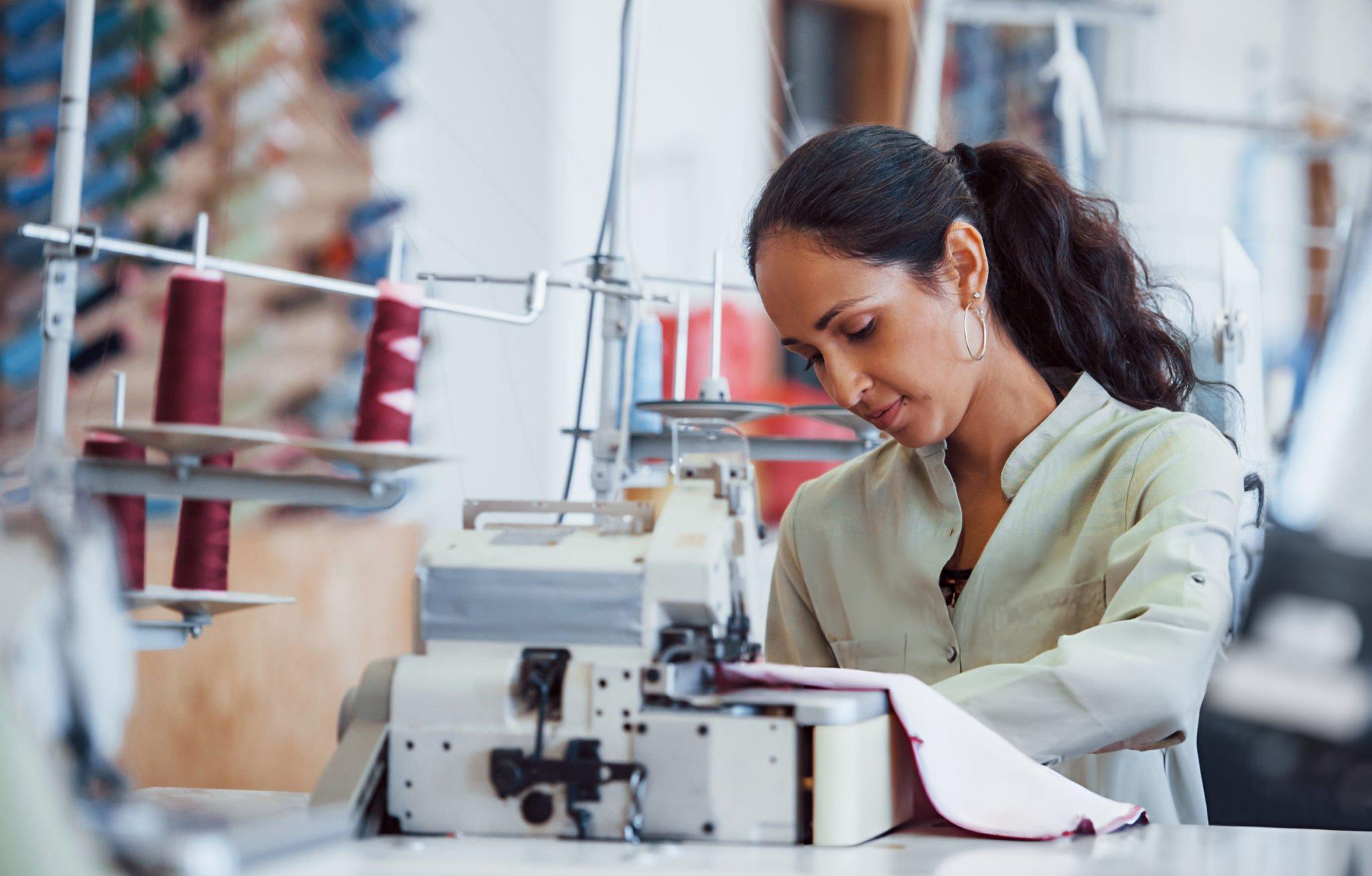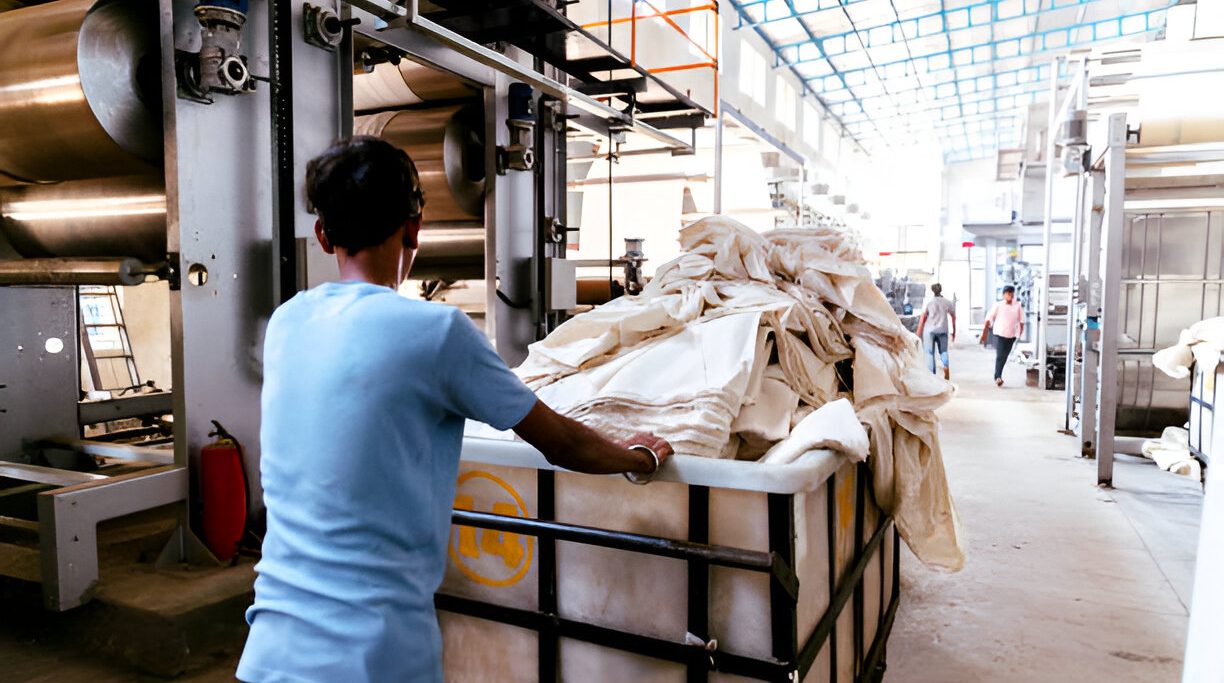Seams are the backbone of any garment, holding pieces of fabric together and shaping clothing to fit the human body. Understanding different types of seams is essential for fashion designers, sewing enthusiasts, and anyone interested in garment construction. Each seam type serves a unique purpose, from adding strength and structure to creating decorative effects. In this comprehensive guide, we’ll explore the various types of seams used in garments, their applications, and tips on how to sew them perfectly.
What is a Seam?
A seam is the line where two or more pieces of fabric are joined together by stitching. Seams are essential for garment construction, contributing to both the functionality and aesthetics of the finished piece. They can be simple, hidden, or decorative, depending on the design requirements.
Importance of Seams in Garments
Seams do more than just hold fabric together—they impact the overall quality, durability, and appearance of the garment. A well-sewn seam enhances the fit, provides structural support, and can add unique stylistic elements. Poorly constructed seams, on the other hand, can cause a garment to fall apart or look unprofessional.
Types of Seams in Garments
Understanding the different types of seams will help you choose the right technique for your projects, ensuring that your garments are both beautiful and durable. Here are some of the most common seams used in garment construction:
1. Plain Seam
Description: The plain seam is the most basic and commonly used seam in garment construction. It involves placing two pieces of fabric right sides together and sewing along the edge.
Applications: This seam is ideal for general sewing, including shirts, skirts, and trousers.
How to Sew: Simply place the fabric pieces right sides together, stitch along the seam allowance, and press open.
Benefits: Easy to sew and versatile, making it suitable for most fabrics.
2. French Seam
Description: The French seam is a neat and elegant seam, often used in delicate fabrics like silk or chiffon. It encloses the raw edges within the seam, providing a clean finish inside and out.
Applications: Ideal for lightweight, sheer, or delicate fabrics such as blouses, lingerie, and bridal wear.
How to Sew: Sew the fabric with wrong sides together, trim the seam allowance, and then sew again with right sides together, encasing the raw edge.
Benefits: Provides a professional, finished look with no visible raw edges.
3. Flat-Felled Seam
Description: The flat-felled seam is a strong and durable seam often used in heavy-duty garments like jeans, denim jackets, and workwear. It encloses the raw edges within the seam, creating a flat, reinforced finish.
Applications: Commonly found in denim, outerwear, and sportswear.
How to Sew: Stitch the fabric with wrong sides together, trim one seam allowance, fold the other over it, and topstitch in place.
Benefits: Extremely durable and prevents fraying, making it ideal for heavy fabrics.
4. Overlock (Serger) Seam
Description: The overlock seam uses a serger machine to simultaneously sew, trim, and finish the seam edges. This seam type is fast, efficient, and provides a professional look with minimal effort.
Applications: Perfect for knit fabrics, t-shirts, and any garment requiring stretchy seams.
How to Sew: Use an overlock machine to sew along the edge of the fabric, trimming and encasing the raw edge in thread.
Benefits: Quick and provides a neat finish; excellent for preventing fraying.
5. Bound Seam
Description: The bound seam uses bias tape or fabric strips to encase raw edges, creating a decorative and durable seam. It’s often used in unlined jackets, dresses, and bags where the seams are visible.
Applications: Ideal for seams that need extra reinforcement or a decorative finish, such as unlined jackets.
How to Sew: Sew the seam normally, then encase the raw edges with bias binding and stitch in place.
Benefits: Provides a strong, clean finish with added decorative appeal.
6. Lapped Seam
Description: A lapped seam involves overlapping one fabric edge over another and stitching down. This seam is often used for decorative effects or when working with thick fabrics that don’t press well.
Applications: Common in jeans, raincoats, and decorative stitching in leather goods.
How to Sew: Overlap the fabric edges and topstitch down, either single or double rows for reinforcement.
Benefits: Adds a decorative element and provides a flat, strong seam.
7. Mock Flat-Felled Seam
Description: The mock flat-felled seam is a simpler version of the flat-felled seam, achieved by sewing a plain seam and then topstitching the seam allowances down.
Applications: Used in shirts, blouses, and casual wear where a strong seam with a flat appearance is desired.
How to Sew: Sew a plain seam, press both seam allowances to one side, and topstitch.
Benefits: Easier and quicker than traditional flat-felled seams but still provides a durable finish.
8. Hong Kong Seam
Description: The Hong Kong seam is a variation of the bound seam, where seam edges are bound with bias tape for a professional finish. Unlike regular binding, it’s usually pressed open, giving a flat and clean appearance.
Applications: Often used in high-end garments, unlined coats, and couture sewing.
How to Sew: Sew a plain seam, bind the edges with bias tape, and press open.
Benefits: Provides a polished, professional look that is often used in luxury garments.
9. Welt Seam
Description: A welt seam is a decorative seam where one seam allowance is pressed and topstitched to create a raised effect. This seam is commonly found in jackets and coats for decorative and structural purposes.
Applications: Used in jackets, coats, and other outerwear that benefits from strong, decorative seams.
How to Sew: Sew the seam, press one seam allowance over, and topstitch close to the fold.
Benefits: Adds texture and strength to seams, providing both decorative and functional benefits.
10. Slot Seam
Description: The slot seam is used as a decorative seam where a gap is left between two fabric pieces, often filled with a contrasting or decorative insert.
Applications: Often used in skirts, dresses, or creative fashion pieces to add visual interest.
How to Sew: Place fabric pieces with a small gap between them, stitch down both edges, and insert decorative fabric if desired.
Benefits: Adds unique visual elements and can be customized with different inserts.
Choosing the Right Seam for Your Garment
Selecting the appropriate seam type is crucial for the garment’s success. Consider the following factors when choosing a seam:
1. Fabric Type: Lightweight fabrics work well with French seams, while heavy fabrics like denim are best with flat-felled seams.
2. Garment Use: Choose durable seams like flat-felled for high-stress areas or delicate seams like Hong Kong for decorative finishes.
3. Skill Level: Some seams require advanced sewing skills, such as bound or welt seams. Choose simpler seams if you’re new to sewing or working on a quick project.
Understanding the different types of seams in garments can elevate your sewing skills and improve the quality of your finished pieces. Each seam has its specific use, offering various benefits from strength and durability to aesthetics and functionality. Whether you’re a fashion designer, a sewing enthusiast, or a beginner learning the ropes, mastering these seam types will help you create beautiful, professional-quality garments.



